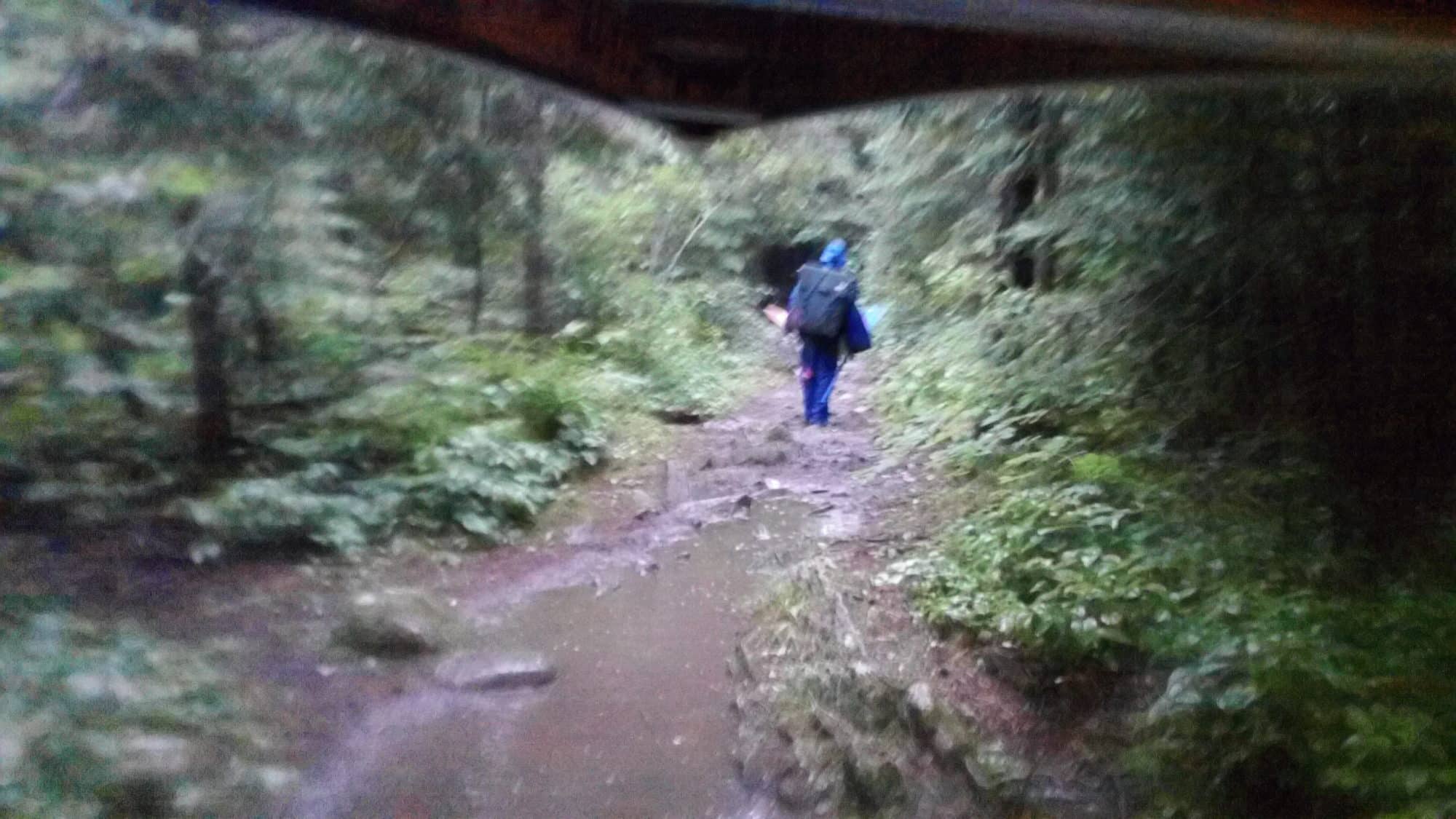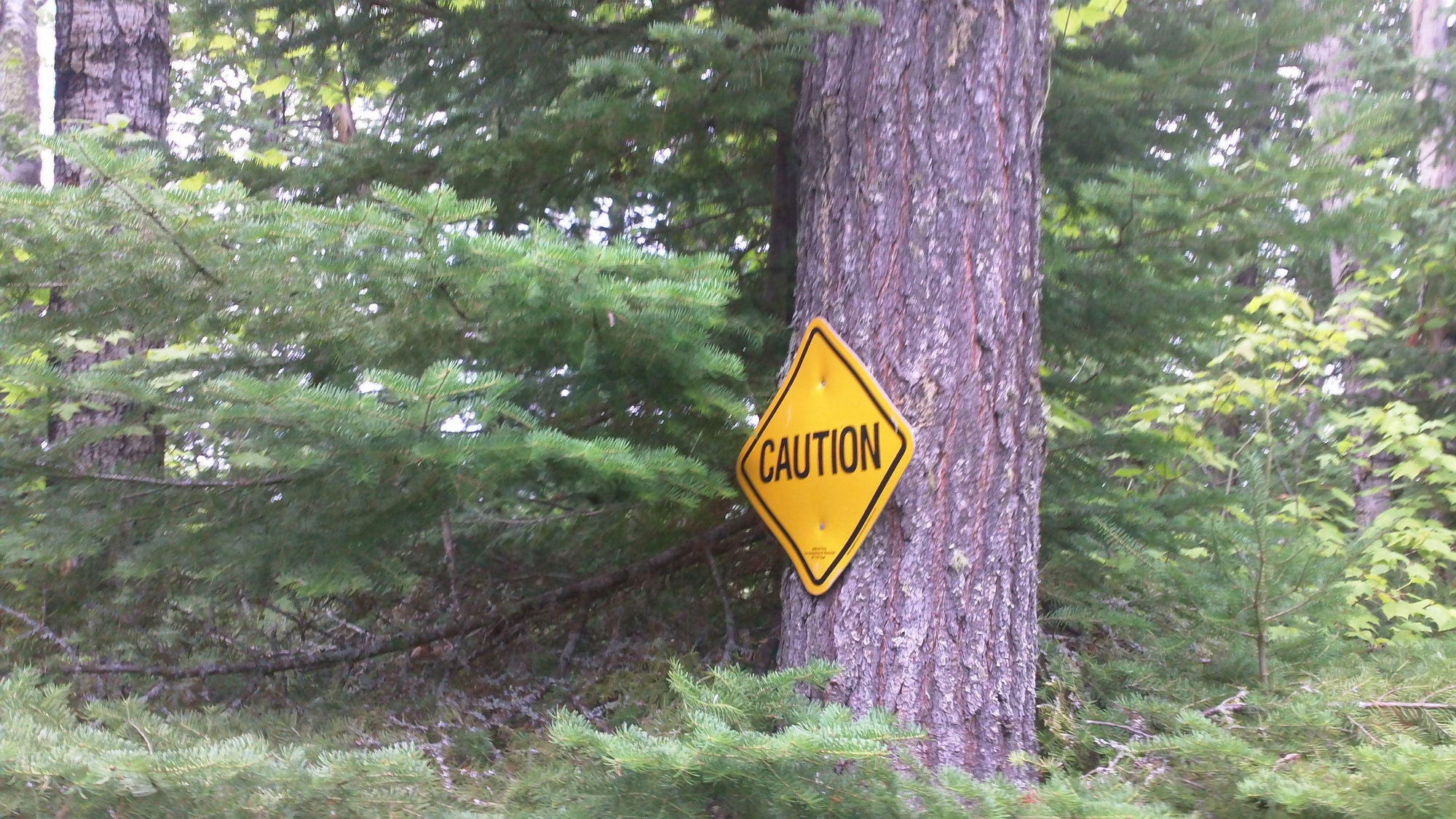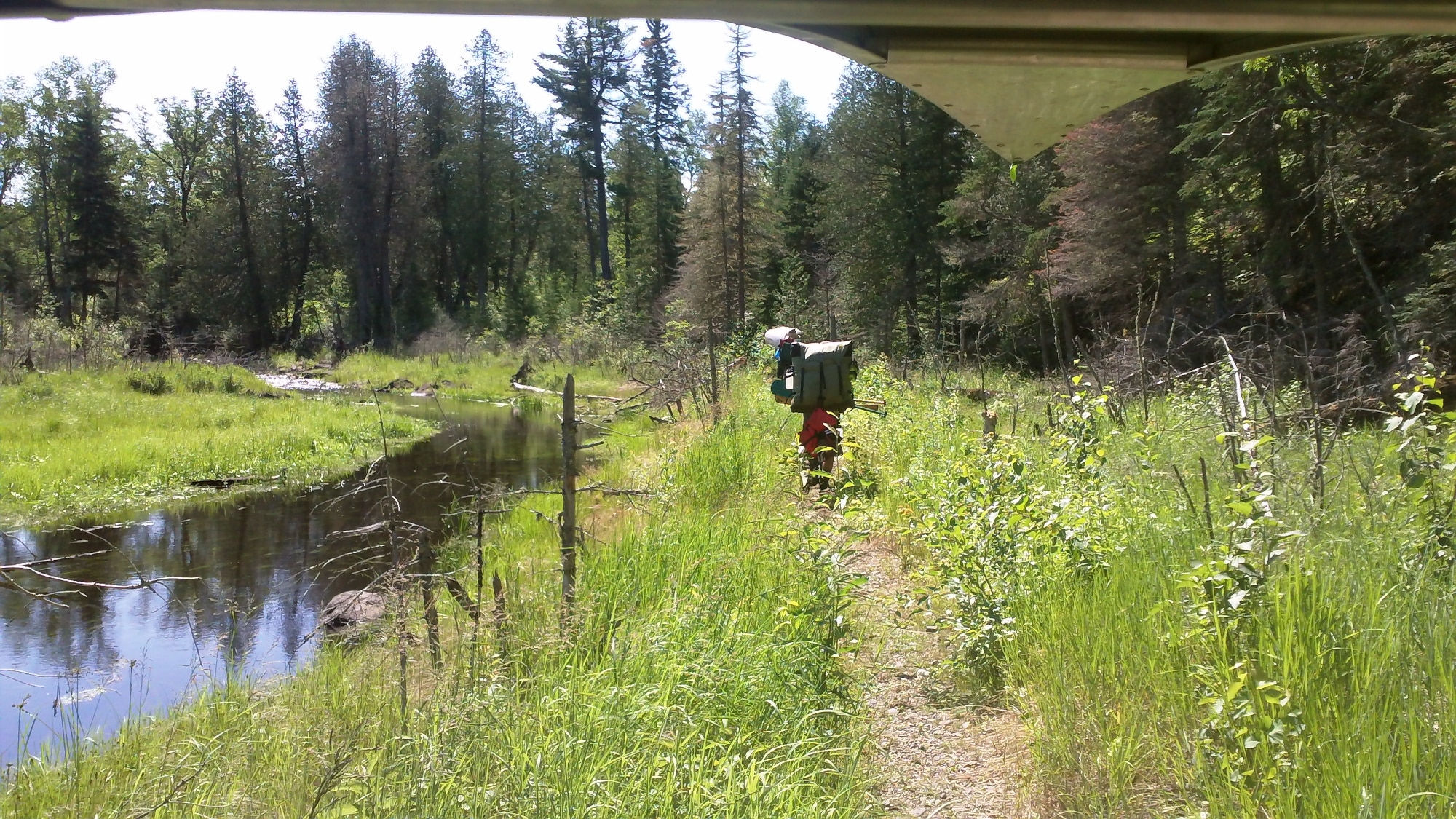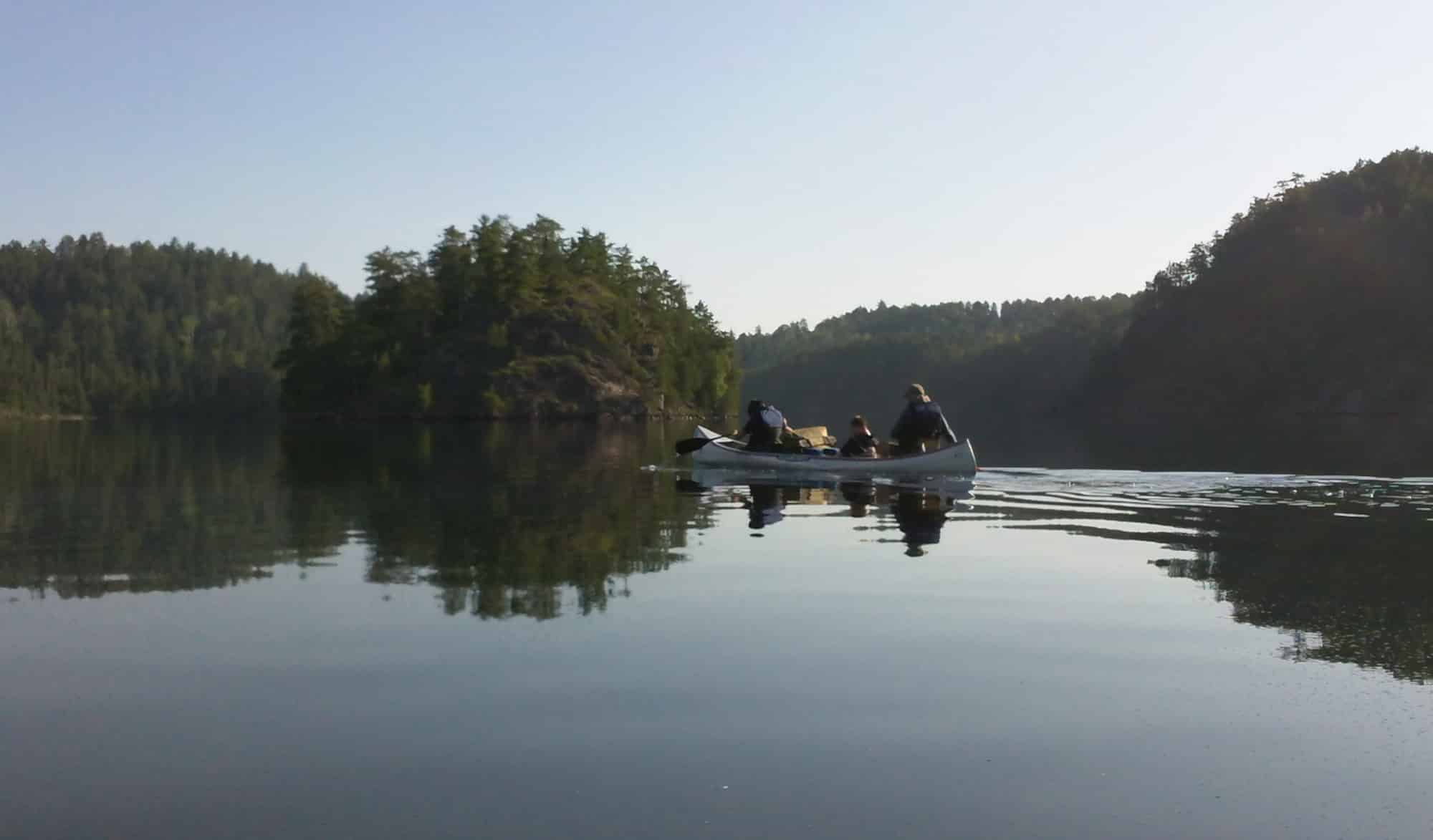Sort of like watching the disaster of a full glass of chocolate milk fall in slow motion in a twisting, arching cascade onto a soft white carpet, I watched the canoe hundreds of yards ahead of me sink below the water’s surface. This was my first trip as a backcountry canoe guide, and I just watched a canoe become completely submerged in the middle of a mile-wide lake with three-foot waves in a blowing rainstorm. I didn’t know it yet, but I was about to learn several lessons about wilderness outdoor guide the hard way.
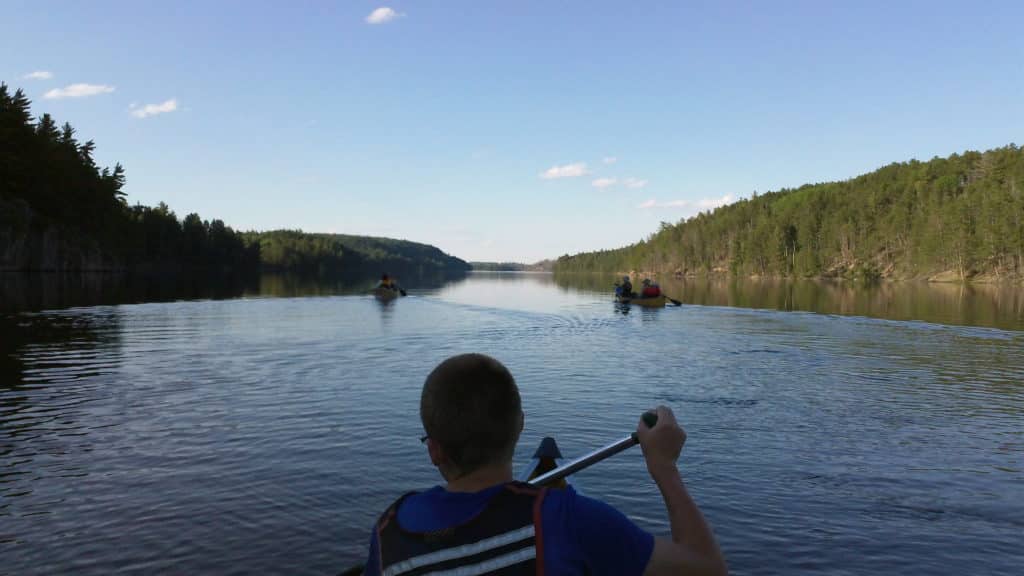
Training at BWCA
It was 2009, and I went on a training trip that was led by two veteran staff. Unbeknownst to me at the time, the training trip we were supposedly on would be referred to as a ‘Basswood float.’ Essentially the easiest sort of trip you could do at Northern Tier, the outfitter I would be working for. I packed everything that I expected that I would need on such a trip, and I would take the same things with me on my first trip out as a guide. I was given a liner bag, essentially a double-thick plastic bag, by the Outfitting Director Don Lee. I was skeptical, but he reassured me that it would do the job. Being a greenhorn, I trusted someone with clearly more experience than me. The liner bag would do.
The ‘float’ was a leisurely 30-mile trip where one of our mentors sang songs and taught us cooking tricks, whereas the other, we’ll call him Jay Leno, Jay pitched a hammock and read a book. I assume the book was one about how not to do your job and enjoy it too, but I remember very little of any substance learned from Jay. By the way, I chose Jay Leno because the urban dictionary used that name as “a person who has a large chin, annoying voice, bad humor…” I have nothing against Jay Leno, but I thought it was funny and mildly applicable. One thing I do remember was the weather. We had gotten perfect weather. We got to practice “T-Rescue” in calm water and hot sun. This was the method taught to correct a flipped canoe. The right-side-up canoe would hoist the flipped canoe over the side in the middle and slide it over; then, once emptied of water would be flipped upright and popped back on the water—all while in the canoe. We took turns jumping in the lake and flipping over in the canoes, and getting them upright. Again no tips from Jay. The weather was so nice that day that after this short trip I managed to be sunburned. My lips were particularly affected, so dried that one side had become cracked, split, and bloody.
The training ended, and I felt that I could confidently work the camp stoves they would outfit us with. I could set up a tarp for shade or protection from the rain and read a map confidently. I felt strong in my hard skills after all my experience as a Boy Scout took me all over the country to canoe, backpack, camp, and explore. I had even gone to the Boundary Waters as a 14-year-old to take my first wilderness canoe trip with the same outfitter I was now working for.
The day that would define my first trip starts subtly. That morning we woke up because the battery-powered alarm clock I had brought along buzzed at 5 am, but you wouldn’t know it was morning by the light. The day was dark, gray, and still. We had a deadline to make. Back to base in two days, and we had about 20 miles to cover. Today we would have to make progress, or the following day would be brutal, and I didn’t want to be reprimanded for returning to base for being late. Or worse, missing dinner.
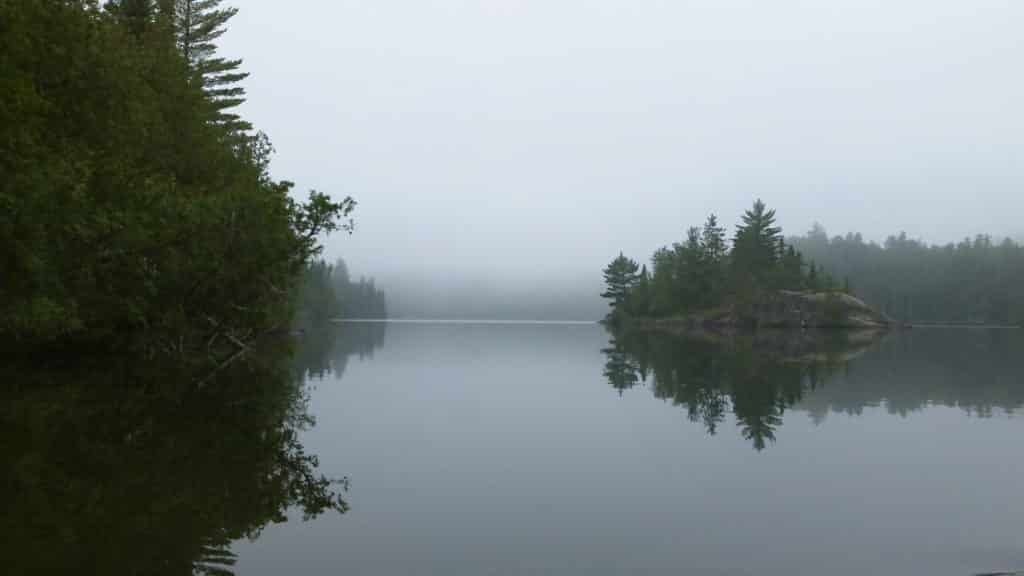
The Weather Roars into Ima Lake at Boundary Waters
After breaking camp, we made our way towards one of the bigger crossings we would do that day, Ima lake. The lake we were on was rather still, but we could see the trees on the horizon bending towards us as we paddled closer. The trees’ tops swayed and bobbed ominously as water behind us was pushed by gusts that were now pouring over the treetops. The Lake lay flat when we paddled it, but on our final approach to the portage heading, you could make out puffs of wind across the water. Unloading was quiet and intentional; the morning was still early and dark. It was day 7 of 8; after all, we had a system for portaging.
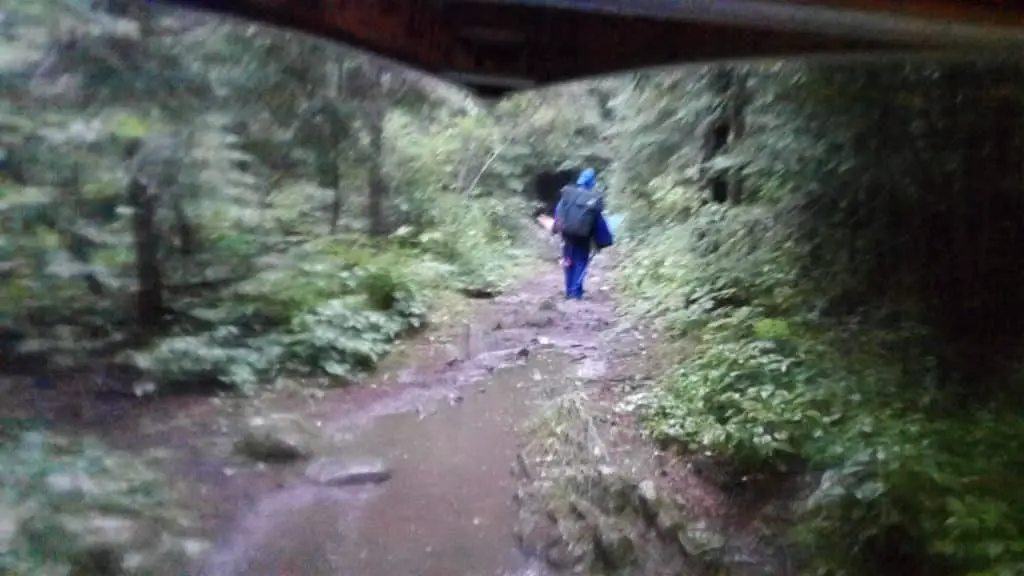
We would be the second boat to cross the portage trail on account of my need to rid my very full bladder of a half pot of coffee. I loaded my canoe buddies with their packs from the boat, placed my own pack on my back, flipped the canoe up knee-deep in the lake, and trucked towards the trail. As I trudged cold and wet from jumping in the lake for the first time that day, I felt a breeze through the trees that we saw evidence of the start of the trail. My canoe’s nose began to be pushed to one side or the other the further I went, the wind blowing harder and harder with each step. A canoe on the ground came into focus, abandoned, the carrier unable to battle the elements I was currently struggling against. I braced the canoe with two arms fully extended, gripping the canoe. I shouldered overhead, forcing it to the water’s edge. The water was crashing in violently, capping three-foot waves funneled into the portage landing. I went up to my knees into the water but was quickly wet to my chest as I tossed the canoe off onto the water. It seemed to provide stability as it bobbed up and down in the waves from knees to waist, the wind blowing full tilt now. I turned back to see the rest of the crew on the water’s edge with all the gear piled haphazardly onshore.
A Test of Outdoor Guide Skills on the Water
The crew’s adult advisor cupped his hands around his mouth and yelled to me, “you really think we can do this!?”
No, was the answer that came to mind immediately, but we talked through a plan and got prepared. The gear was packed securely, buckled in so that it couldn’t float away. We resituated who paddled with who so that boats could be ideally suited to brave the lake. Once the first boat was ready, I stood in the water and shoved them out into the waves as best I could. All three in the boat would need to paddle hard to escape the shore where it was most violent. Once the first was away and heading for the opposite shore, I shoved the second. Once confidently away, I launched my own boat, pushing off a rock and jumping in to then paddle my face off.
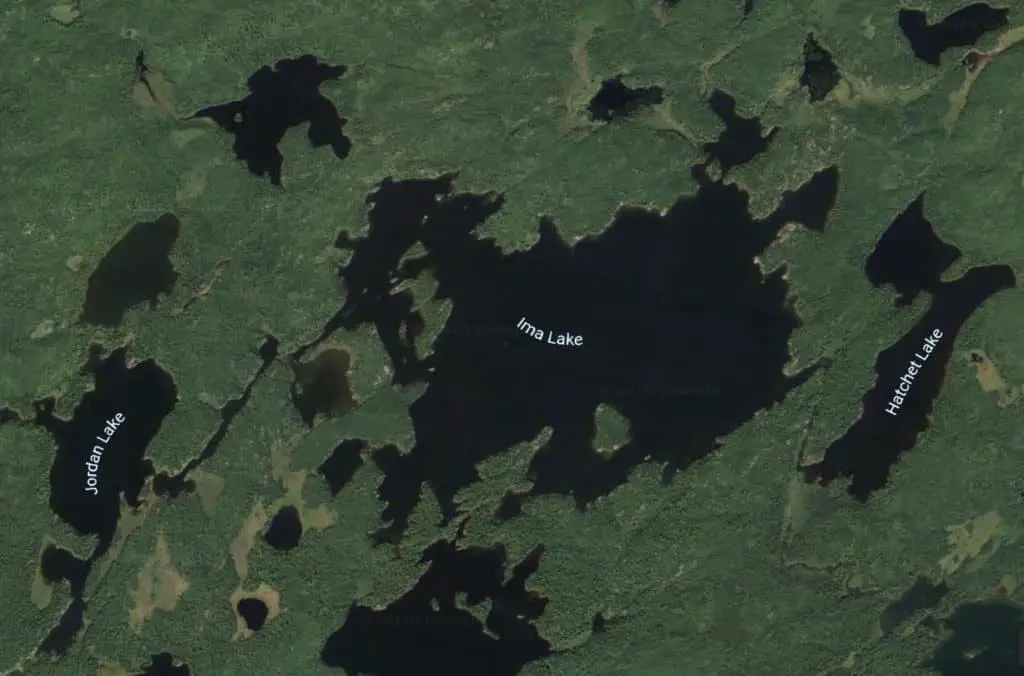
A Mini Disaster on Open Water
The lake was about a mile across and an amoebic shape with islands and shoreline points jutting out here and there. We took the most direct route we could with the additional goal of not being in the middle of the lake. We would try to skirt the northern shore from point to point, heading directly into the waves and wind. This seemed to be working. The first canoe appeared to be making good headway. The second seemed to be stalled. Between two points in open water, it seemed to look low in the water. It was hard to make out. The rain had started at this point, and we were bobbing up and down, and so were they. On one particularly large wave, the water crashed over the bow and poured into the canoe, and the stern, where I was, got kicked up high in the air. I could clearly see the second boat now. Well, sort of. I could clearly make out that it was no longer above the water. This is bad.
The emergency gear was kicked in, and I paddled as hard as I could. After a few short minutes and aided by the wave action pushing the group towards us, we caught up. Everyone was ok. They were all with the boat bobbing in the water with their life jackets, keeping them afloat looking rather calm. When quickly discerning what had happened, they said that “It just filled up” the boat had taken on so much water that it just submerged. It wasn’t sunk, but definitely no longer a functional vessel for travel. “T-Rescue” my ass. There was no way this was going to work. For starters, the canoe was right side up, plus the packs that were clipped in and also full of water, not to mention that our boat was fully loaded with a fair bit of water sloshing around. Oh, and the wind, waves, and rain were also still a thing. No “T-Rescue” in the sun on calm waters today. The instructions were that they stay with the boat and start swimming it to shore. My boat made a b line for the same point, and as soon as I hit the shore, I dove in to swim out to the submerged canoe. It was a way out there. The whole process took about 30 minutes to get it to shore. Holding on the gunwale and kicking with the wind, waves, and rain battering the four of us. We got to shore and emptied everything. One pack with all the kitchen gear felt like it must have weighed 100 pounds with all the water and gear in it.
A Wet Ending to the Day
Drenched and tired, we pulled up to the opposite shore to meet our third boat. Food was broken out, and we all found our own spot to eat some summer sausage and tortilla. It was mid-bite when I found the first leach on me. Everyone immediately began checking themselves. No one else had any except me. I have seven. Seven large leeches all on one foot. I had never had a leech on me, let alone seven. My first goal was immediately not to freak out. We had just gotten out of a sticky situation, and I didn’t want to be the leeches that made me lose my cool. After prying them all off, I then finished my lunch.
When we were finally done for the day and rolled into our campsite for the day, I was exhausted, soaked to the bone, and beginning to get quite cold. Dinner was made, and the camp was set up. I saved my tent or last to get everyone else set up. Once my rain fly was on, I opened up my pack, relieved to be able to lay down and get warm in some dry clothing, except when I took out my liner bag from my pack. The liner bag I was ensured by sage Don Lee would certainly be enough to keep my things dry. I held all of my extra clothing and slept with a peak level of water saturation that I believed to be impossible before bearing witness. It was shortly after I began hanging my things in a futile effort to dry in the wind, the rain had stopped, that a scout had confessed to me that he had dropped my bag in the lake when we were draining the boats of water. That night I would attempt to sleep in most of my clothing, soggy and cold.
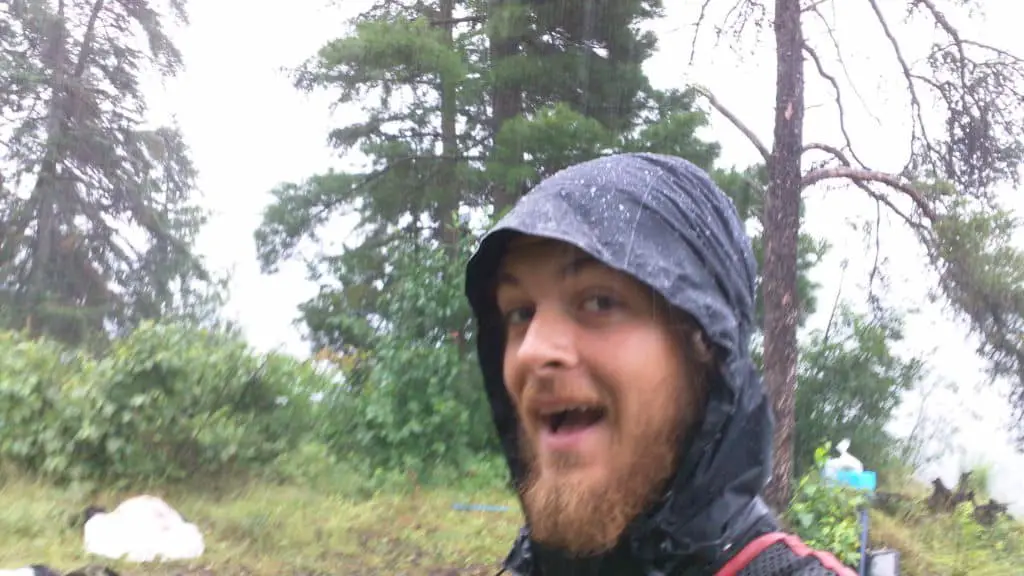
Lesson Learned About Having the Right Gear
Up to this point, I had also failed to detail another element, my “rain jacket.” I remember it quite well. It was a zip-up Nike jacket, something I thought was sufficient at the time. It was picked up from a thrift store dirt cheap, I’m sure. Having no opportunity to test it out on my training trip, I was running on the idea that it would be fine when the time came. After this trip, I would review the jacket: meant for nothing more than a drizzle while playing golf on a warm summer day. This would be the first item I would upgrade in town after the trip: that and a real dry bag.
It would be the last day on a trail that I would find myself paddling back to base, wondering to myself. Could I do this? Be a guide? I am so bad at this that I am literally on the verge of hypothermia on the last day of the trip. I probably was hypothermic at various points of that trip. I’m supposed to be the guide, and all of my things are soaked. I would have no idea if I handled that day in the waves the right way. I am apparently freaked out by leeches all over me. When who but Jay Leno paddles up going the opposite direction, dry, with a crew on their first day. Seeing me in the obvious state I was in, he offered this, “A bit harder when the weather sucks, huh.”
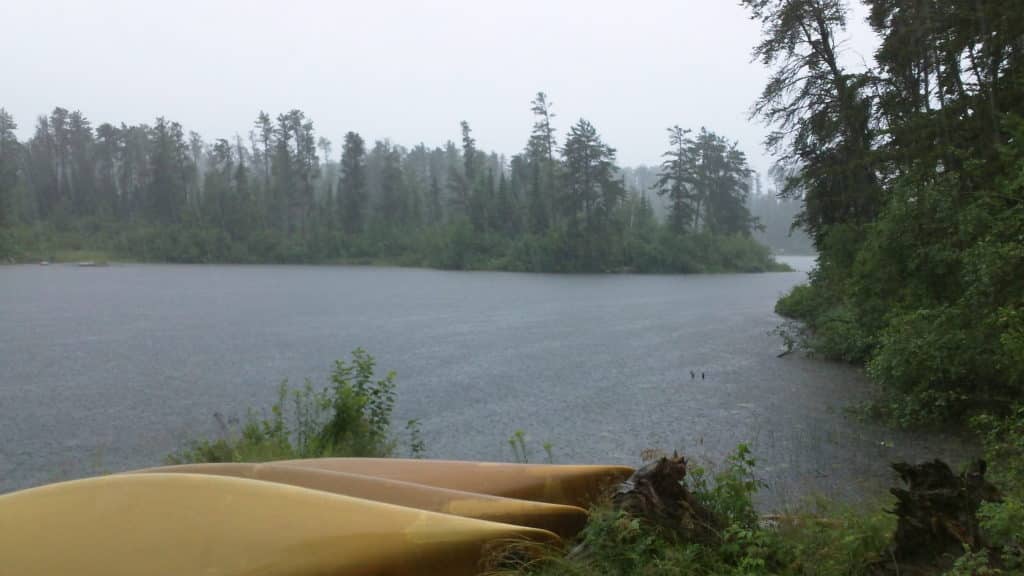
My Take-A-Ways As A New BWCA Outdoor Guide
So on my first trip as a guide I learned a number of things the hard way.
- T-rescues don’t really work in bad weather
- A good rain jacket makes a difference
- Liner bags suck, get a dry bag, Don.
- Leeches are gross but not really that bad.
- Keeping your cool makes a difference. Stay Positive.
- Life often tests you then gives you the lesson afterward.
- I didn’t learn diddily from Jay Leno and he’s not funny.
A little over 11 years after that first trip as a guide, I have traveled over 6,000 miles in the wilderness by canoe. I love the wilderness and encourage anyone willing and bold enough to be tested by it to do so. You might be surprised by the lessons you learn.
